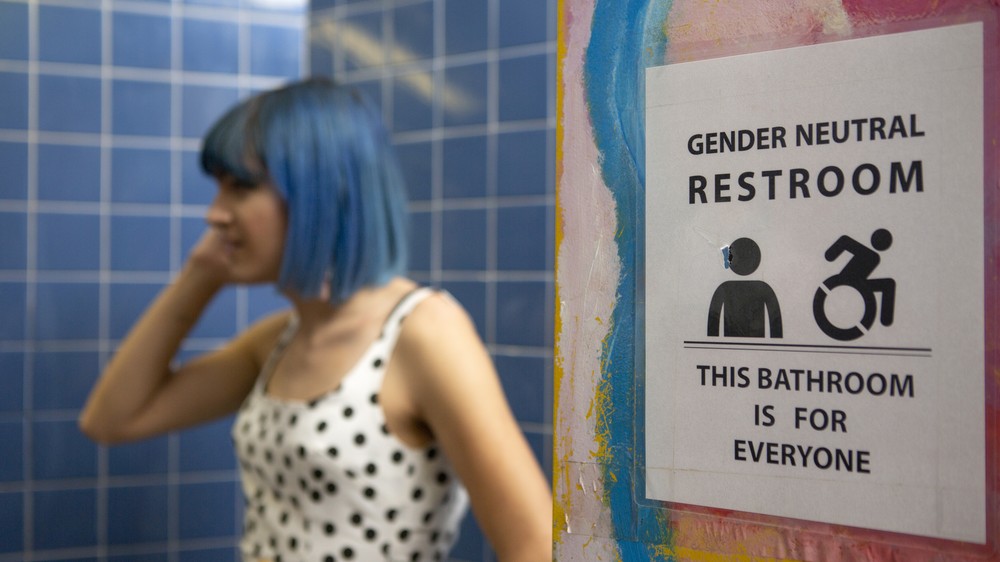Gender-Neutral Restroom Policies
Gender-neutral restroom policies were highly discussed this week. Multiple articles discussed the upset over the United Kingdom’s recent transphobic reviews surrounding gender-neutral bathrooms. The Ministry of Housing, Communities and Local Government have expressed that women are losing access to public restrooms claiming, “over recent years there has been a trend towards replacing female only facilities with ‘gender-neutral’ toilets”. However, many have called out this institution for having no evidence for such a claim. Trans* organization “We Exist” commented, “We believe that a consultation on toilets is yet another attempt by the current government to exclude, alienate and discriminate against trans* and non-binary people. The consultation provides a real risk of scrapping gender-neutral toilets that may already be in place. There is also little to no evidence that cisgender women feel unsafe in current provided facilities so we are concerned that the government is creating a false narrative by which to exclude trans and gender non-conforming people. This government is happy to start culture wars in an attempt to divert from their many, many failings in dealing with the pandemic, and this is no different.”

Council members in Platteville, Wisconsin are examining their practices in order to promote LGBTQ+ inclusivity, such as making buildings more inviting with gender-neutral restrooms. Meanwhile, students at McGill University were upset over reassigning genders to gender-neutral restrooms on campus. McGill’s Media Relations Office stated, “High traffic buildings have signage installed in common spaces […] indicating distancing, direction and other safety measures in relation to COVID-19. The gender-neutral bathrooms in the Brown Building have not been re-labeled, and there are now gender-neutral signs, which have been replaced this week.” However one student commented, “The disturbing thing is that McGill didn’t print out any COVID-specific all-gender signage. We now know that the University didn’t make any decisions to re-gender the washrooms, but it still looked like it had. There’s a fear in that. This oversight demonstrates that the University didn’t think of their trans and gender non-conforming students when making the signage. They didn’t think of our needs, or of how [the gendered posters] would make us feel. Afraid and excluded – those are not feelings that any student should have to [face] when they’re just trying to go to the bathroom.”

